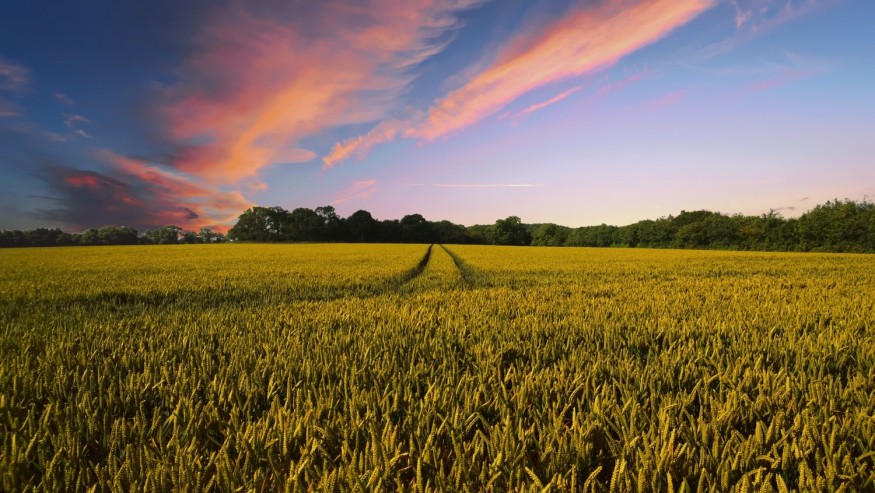
Emissions of nitrous oxide - a greenhouse gas 300 times more powerful than carbon dioxide - are quickly increasing than we thought.
In a study published in the journal Nature Climate Change, East Asian and South American countries are making the most significant contribution to the increasing emissions.
Natural sources of nitrous oxide include our oceans and rainforests. However, it's the human-made factors that are of most cause for concern - especially nitrogen fertilizer use and livestock compost in agriculture.
Pep Canadell, executive director of the Global Carbon project and an author of the new research, acknowledged that nitrous oxide emissions are increasing. The researcher noted that there had been a "substantial increase" in these emissions since 2009.
Most countries declared their nitrous oxide emissions through the Intergovernmental Panel on Climate Change. Canadell, who is also a chief research scientist at the CSIRO, said their method allows a linear correlation between the volume of nitrogen fertilizer used and the nitrous oxide emissions that go out at the other side.
"We show that the [linear connection] is not true when there are regions around the world that over-fertilize," Canadell said. His research team noted "an exponential growth" in nitrous oxide emissions due to the threshold of fertilizer use and the level of use, which is above and beyond what plants need.
The scientists could model the expected emissions from different regions using the atmospheric data and nitrous oxide concentrations from over 50 stations around the world.
What is nitrous oxide?
Nitrous oxide, also known as "laughing gas," is a greenhouse gas that is created when fertilizer soaks into the soil or water. Each nitrous oxide molecule in the atmosphere could catch 300 times more heat than a particle of carbon dioxide.
Carbon dioxide also stays in the atmosphere for thousands and thousands of years - compared to just over 100 years for nitrous oxide. Hence, generating carbon dioxide emissions under control is still key to tackling climate change.
However, nitrous oxide and methane emissions are part of the picture too. Carbon dioxide contributes to 65 percent of global warming, while methane and nitrous oxide contribute 16 and 20 percent, respectively.
Candell said nitrous oxide is predominantly secreted from agriculture using nitrogen fertilizer and burns fossil fuels and biofuels to a lesser extent. The excess nitrogen leaks from the system as ammonia or nitrous oxide, or as soluble nitrates leach into the soil and then groundwater.
New on a global scale
Scientist Peter Grace from the Queensland University of Technology, who previously coordinated the nitrous oxide program in Australia and was not involved in this study, said the increasing rate of nitrous oxide emissions is not surprising.
"[We have collected plenty of information] over the years [in Australia] and in other countries [and showed] an exponential [rise] in nitrous oxide emissions as you apply more fertilizer," Grace said.
Professor Richard Eckard of the University of Melbourne, who was not part of the study, welcomed the research where the results picked up what was already known on a smaller scale.
"It was never studied at this [global] level - recognizing that it isn't a linear relationship," he explained.
© 2025 NatureWorldNews.com All rights reserved. Do not reproduce without permission.





